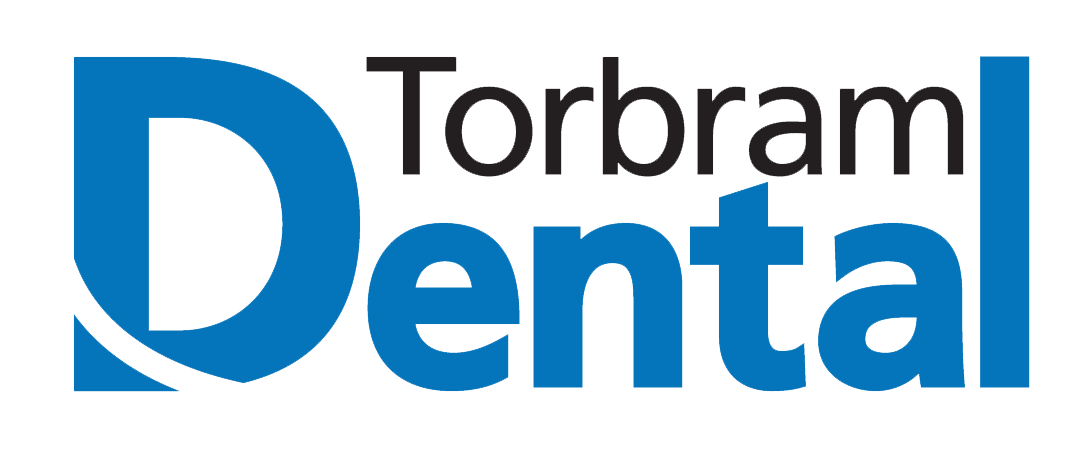 For complete oral care, only brushing your teeth is not enough. One should be aware of the appropriate technique for brushing teeth, how long and how frequently to brush, the kind of toothbrushes to use, the importance of flossing, and finally, when to visit your dentist. Here’s a list of common tooth brushing mistakes one should avoid.
For complete oral care, only brushing your teeth is not enough. One should be aware of the appropriate technique for brushing teeth, how long and how frequently to brush, the kind of toothbrushes to use, the importance of flossing, and finally, when to visit your dentist. Here’s a list of common tooth brushing mistakes one should avoid.- Brushing once a day: Brushing only once a day cannot prevent plaque and bacteria build-up. Therefore, can cause bad breath, cavities, and gum disease.
- Brushing too hard: Most people believe brushing hard in rapid motion can help clean better. But doing this can damage the enamel layer, causing hypersensitivity, and can form ditches called cervical abrasions. Therefore, it can cause your gums to recede and cause bleeding.
- Using hard bristled brush: The way you brush is what keeps your teeth clean. Hard bristled brushes can erode the enamel, causing hypersensitivity, and can damage your gums.
- Not changing your brushes every 3-4 months/after an infection: Flared bristles indicate overused brushes and should be changed immediately. They don’t clean properly and can damage gums. You must keep your brush in a clean, dry place and can disinfect it once a week.
- No flossing: Flossing cleans the hard-to-reach interdental areas of teeth. This makes up at least 30% of the entire tooth surface area.
- Not reaching every surface of each tooth: If a tooth is left unbrushed on a continual basis, the plaque and bacteria build up to cause oral diseases.
- Forgetting to brush the back of the teeth: The back of your teeth are not usually visible and contain a lot of plaque. Using an electric toothbrush with a long neck will help you reach the back of your teeth and eliminate unwanted bacteria. In addition, visiting the dentist for a dental cleaning will ensure no tooth gets left behind in the cleaning process.
- Forgetting about tongue and gums: Your tongue and gums are equally important for good oral health. Ignoring your tongue and gums can result in oral infections. A tongue cleaner is a fantastic tool to keep on the bathroom counter alongside other oral care tools.
Your Tooth Brushing Routine
You will need :
- Toothpaste
- Toothbrush
- Floss
- Tongue cleaner
- Mouthwash
Types of brushes: Manual/ electric
Manual brushes are the standard plastic/bamboo-handled brushes that are used most extensively. They may have hard, medium, or soft bristles. Electric brushes are the ones that are battery-powered or can be charged and have a rotating and vibrating head that helps to clean tooth surfaces and help clean hard-to-reach places.
Toothpaste for adults must be fluoridated. Fluoride helps make a protective covering over our teeth to prevent caries. Kids require a pea-sized amount of paste for brushing. Children under three years should not be given fluoridated toothpaste.
How to brush correctly?
It would be best if you ideally changed your toothbrush every 3-4 months or after recuperating from an infection.
Steps to brush your teeth correctly
- Wet your brush and apply a pea-sized amount of paste to the brush.
- Start with one corner of your mouth and clean the tooth surfaces in circular motions. Clean the gum line at a 45-degree angle.
- Move your brush in a back-and-forth motion over the occlusal surfaces.
- Clean along the inside edges of all the teeth as well. Hold your brush straight and flip it to clean the inside surfaces of the front and backside of your teeth.
- Clean the tongue thoroughly. You can do this with your brush or with a tongue-cleaning tool. Most handheld toothbrushes have raised lines on the back to assist with tongue cleaning.
- Floss all interdental areas.
- Rinse with plain water or mouthwash.
- This process should take at least 2-3minutes from start to finish.
How to Floss?
- Break 1-1.5feet /12-18inches of dental floss.
- Wound it tightly between the thumb and index fingers of both hands.
- Place floss between two teeth.
- Curve it into a C shape at the top of the gum to mould the base of the tooth.
- Move up and down to remove build-ups.
- Repeat with all teeth.
When in doubt, ask your dentist
As a thumb rule, most adults require a professional dental cleaning twice a year. People who smoke are required to do this more frequently. It is advised to see your dentist every six months, even if you don’t have any oral issues, to maintain optimum oral health.
Professional dental cleaning involves detailed cleaning of all your teeth using an ultrasonic machine known as a dental scaler. The machine tip vibrates to loosen particles from your teeth. This may include tartar, plaque, and calculus, along with stains. This may take 20-50 minutes, depending on the level of cleaning required. The ultrasonic scaling is followed by polishing tooth surfaces to make them smooth.
It is recommended to talk to your dental health provider about/ family dentist about:
- How frequently should you get dental cleaning done?
- Which products do you need to use besides your toothbrush, toothpaste, and floss? This is important when you wear dental braces or other intraoral appliances and spacers.
- Whether you may need a mouth astringent to help your gums.
- If you need betadine or saline gargles
- If you need to mouthwash regularly.
- How to manage halitosis/ bad breath if you suffer from it despite brushing well.
- What are the side effects of using mouthwash daily (staining in solid chlorhexidine cases)?
- Side effects of frequent dental cleaning, if any.
- Ask your dentist to learn how to clean your teeth after tooth removal or oral surgery.
- Other alternatives to conventional toothpaste and toothbrushes
- How to educate other family members on oral health.
Contact Torbram Dental and book your dental cleaning today!
Recent Comments
Simrit Bio
Simrit has been working at Torbram Dental since 2001. She started her career with Assisting/Treatment co-ordinating and then moved on to becoming the Hygiene Co Ordinator in 2005. In 2012 she took on a new role as the Marketing Director. Though she loved being the Marketing Director, in 2015 she became the Office Manager of Torbram Dental. She completed her Level 1 Dental Assisting program with Career Canada in 1996 and then went on to complete her Level II Dental Assisting Diploma with Southwestern Medix in 1999. That is when she received NDAEB Certification. Simrit has been and still is an active member of the Ontario Dental Assistants Association since 2000. She enjoys hiking and traveling with her husband and two kids and loves to explore new restaurants, especially high-tea venues.
This will close in 0 seconds
Jessica Bio
Jessica, one of our receptionists, is one of the smiling faces you see when you arrive at the office. She graduated with honours from Medix College with a diploma as a Level 2 Dental Assistant. When she is not happily helping our patients, Jessica enjoys spending quality time with her friends and family, going to church on Sunday mornings, gardening and going on hikes.
This will close in 0 seconds
Naudia Bio
Naudia has been working at Torbram Dental for many years and is a valued member of our administrative team: as a dental receptionist and in our marketing team . She graduated from Everest College with honours level 1 and 2, with a diploma in Dental Assisting. Naudia is always there for our patients, making sure that they receive the care and attention they deserve. When not at the office, she enjoys spending time with family and friends, cooking and indulging in civil court TV shows.
This will close in 0 seconds
Ramandeep Bio
Ramandeep has been a part of Torbram Dental for the past 10 years as certified dental assistant. She obtained her level 1 certification from Everest college in Brampton in 2013, and then her level 2 certification in 2014 from Medix college. Her career path through the clinic has been recognized by staff at all levels who admire her work ethic and dedication to million dollar smiles. In her spare time, Ramandeep enjoys cooking and gardening, and spending time with her husband and 2 kids.
This will close in 0 seconds
Sana Bio
Sana is a valued member of our dental hygiene team. In 2008 she completed her education at George Brown in Dental Assisting and in 2016 she earned her diploma in Dental Hygiene from the Canadian Academy of Dental Health and Sciences. Sana has been working in dentistry since 2008 and enjoys taking care of our patients and helping them with their oral health. She is married and is busy with her 2 young children. In her spare time, Sana enjoys going out with the family, trying out new places to eat and is looking forward to travelling with them in the future.
This will close in 0 seconds
Sanaria Bio
Sanaria has been working at Torbram Dental for many years as a valued member of our Dental Assisting Team. She completed her level 2 dental assisting certification and previously obtained a degree in Education and worked as a quality control officer in the pharmaceutical industry. When not at work Sanaria loves to bake and cook. She also loves story time and enjoying the outdoors with her children. She always sees the positive side of life, believes that nothing is impossible and that if you set a goal and work at it, that you will make your dreams come true.
This will close in 0 seconds
Carrie Bio
Carrie has been working at Torbram Dental since 2001. She graduated from George Brown College in 1998 with a Dental Assistant Diploma and continued to further her education by completing a Dental Hygiene Diploma in 2001 at Durham College. Carrie is a highly trained and experienced Registered Dental Hygienist who continues to learn and grow by updating her knowledge to provide her clients with the best Oral Health Care techniques and information. Carrie is passionate about Dentistry and is known for her gentle and compassionate manner. She feels strongly about building lasting relationships and trust with her clients to help them understand that good Oral Health leads to good Overall Health. Carrie enjoys travelling, dabbling in decorating and a good Netflix series in her time off. Carrie resides in Halton Hills with her husband and two children.
This will close in 0 seconds
Daniela Bio
Daniela's interest in Dentistry began in Gr.6 when she wrote a speech entitled "My Life as a Toothbrush".
A Registered Dental Hygienist with 22 years of clinical experience, Daniela still has a great passion for her career. The most rewarding aspect for her is building lasting relationships with her patients, and seeing them through to a healthier smile.
Her thorough yet gentle touch will ensure a comfortable visit every time.
Daniela is a total Foodie and loves to cook and enjoys all types of cuisines. She loves Florida, Cruises, organizing things, and most of all spending time with family and friends.
This will close in 0 seconds
Stephanie Bio
Stephanie Enjoys getting to know all new patients at Torbram Dental and catching up with long standing Patients. Stephanie enjoys spending quality time with her family. One of her favorite things to do with her daughter is teach and play the piano. Stephanie likes going on walks with her husband and enjoys spending as much time with him as he is an Active Member of the Canadian Army. On Sundays, Stephanie enjoys going to Church and looks forward to Sunday Dinner with her entire family. Stephanie's Favorite thing to do to start her day right is head to her local Starbucks and Grab her favorite drink, an iced black tea with light lemonade on warm days and a blonde vanilla latte on those cold winter days.
This will close in 0 seconds
Aalisha Bio
As a dedicated Dental Hygienist at Torbram Dental, Aalisha brings recent knowledge and experience to ensure the best oral health for our patients. She holds a Diploma in Dental Hygiene from the Toronto College of Dental Hygiene and Auxiliaries and has further enriched her education with a Bachelor of Science from the University of Waterloo. Beyond her professional qualifications, Aalisha has a zest for life that extends beyond the dental chair. She cherishes quality time with family and friends, thrives on outdoor adventures, and has a passion for hiking and water-based activities, especially during the sunny summer days. She is an avid traveler, exploring tropical paradises and historic destinations while immersing herself in diverse cultures and indulging in delicious culinary experiences."
This will close in 0 seconds
Supreet Bio
Supreet was born and raised in Punjab, India and came to Canada in 2016. She graduated from Sheridan College as an Environmental Lab Technician but later decided to change her career to dentistry. She completed her Level I and II Intra-Oral Dental Assisting course from George Brown College and graduated in 2023. In July 2023, Supreet joined the team at Torbram Dental where she enjoys working. In her free time, she loves to read books.
This will close in 0 seconds
Childs Oral Health
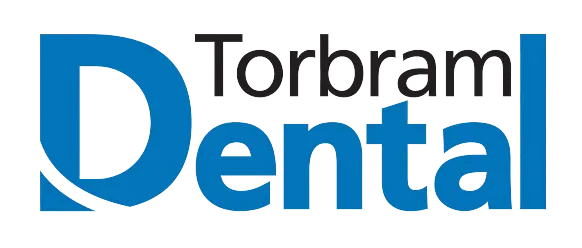
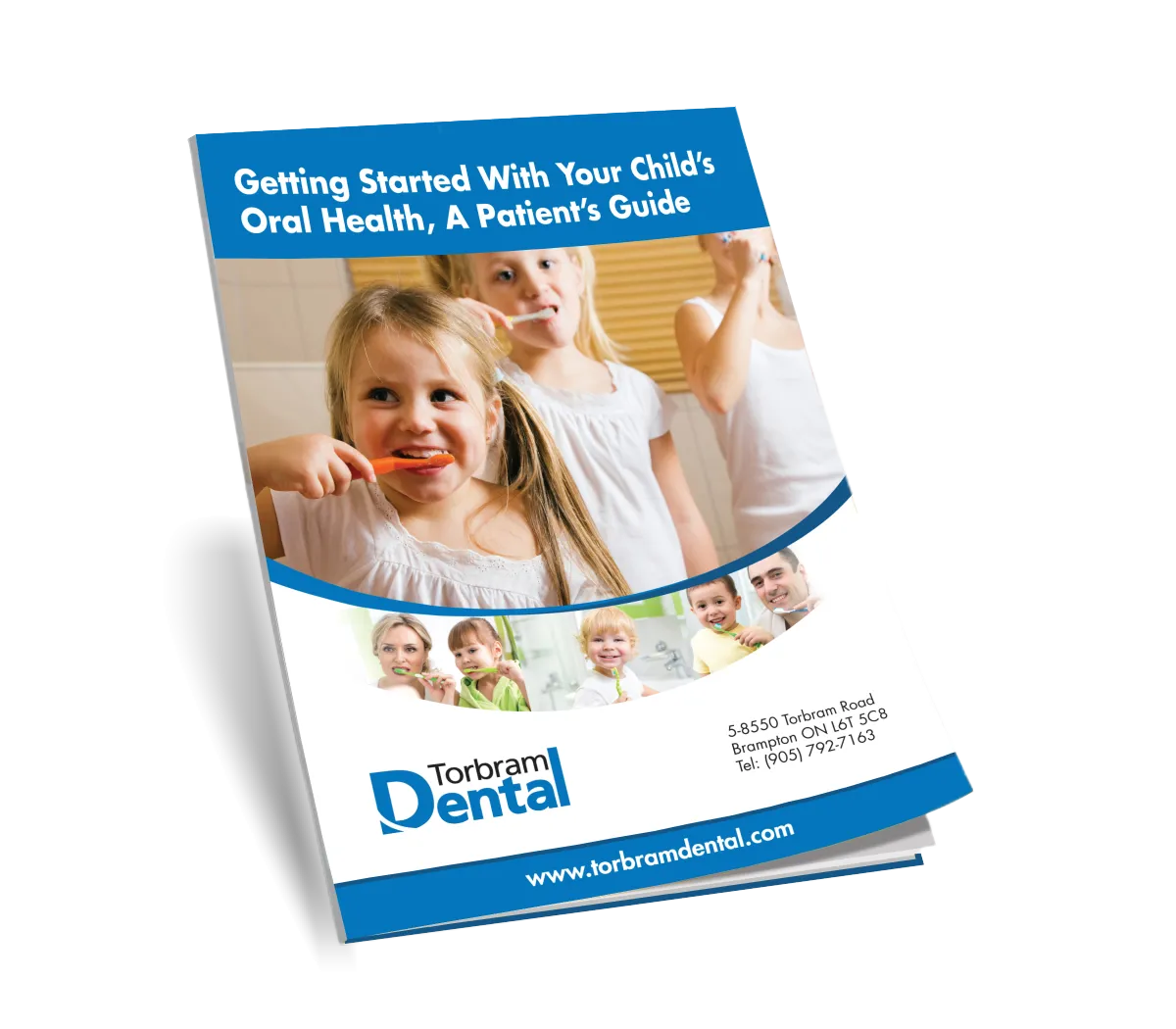
Enter your information below.
We will email your copy right away.
This will close in 0 seconds
Cosmetic Dentistry

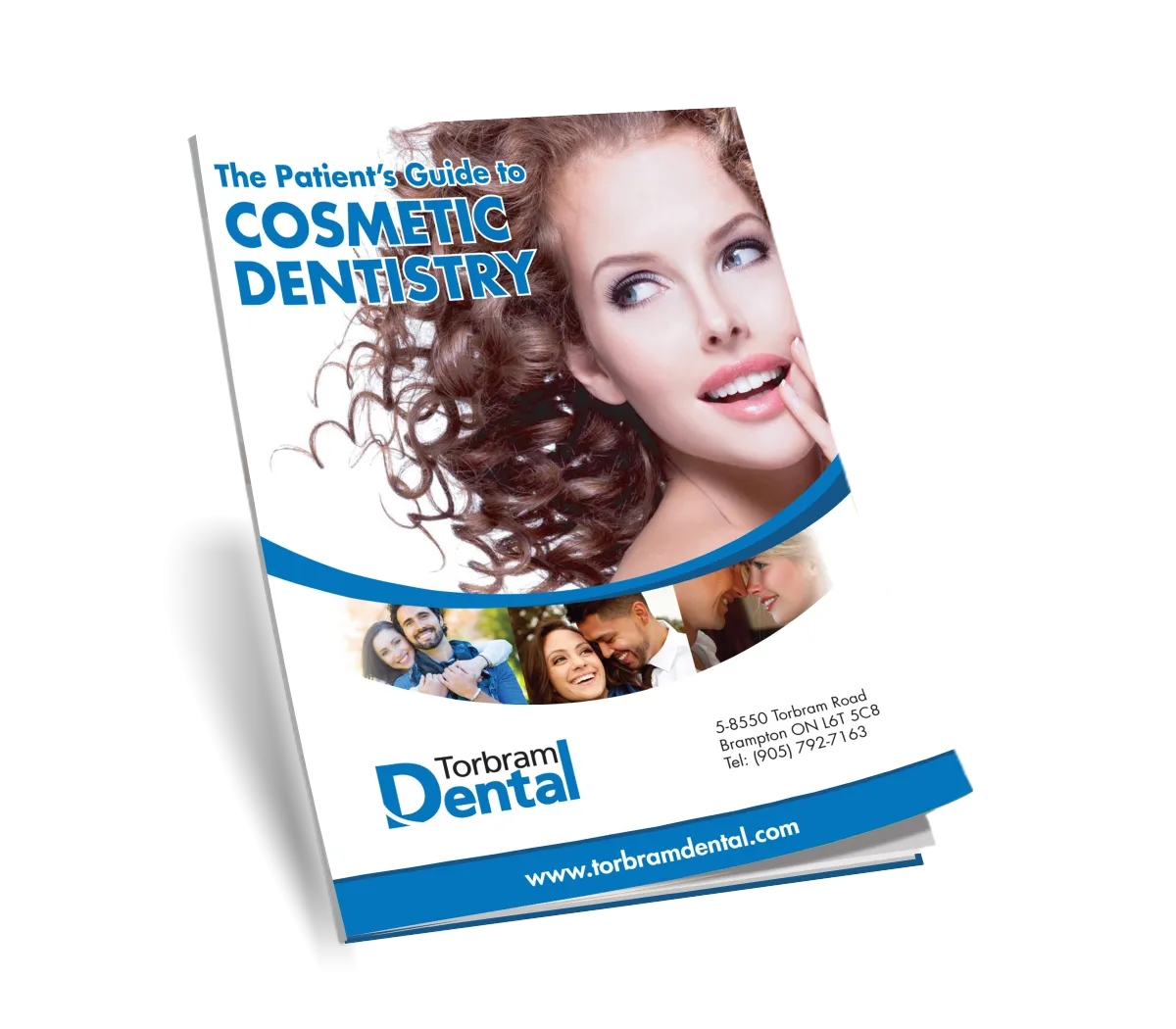
Enter your information below.
We will email your copy right away.
This will close in 0 seconds
Implant Dentistry

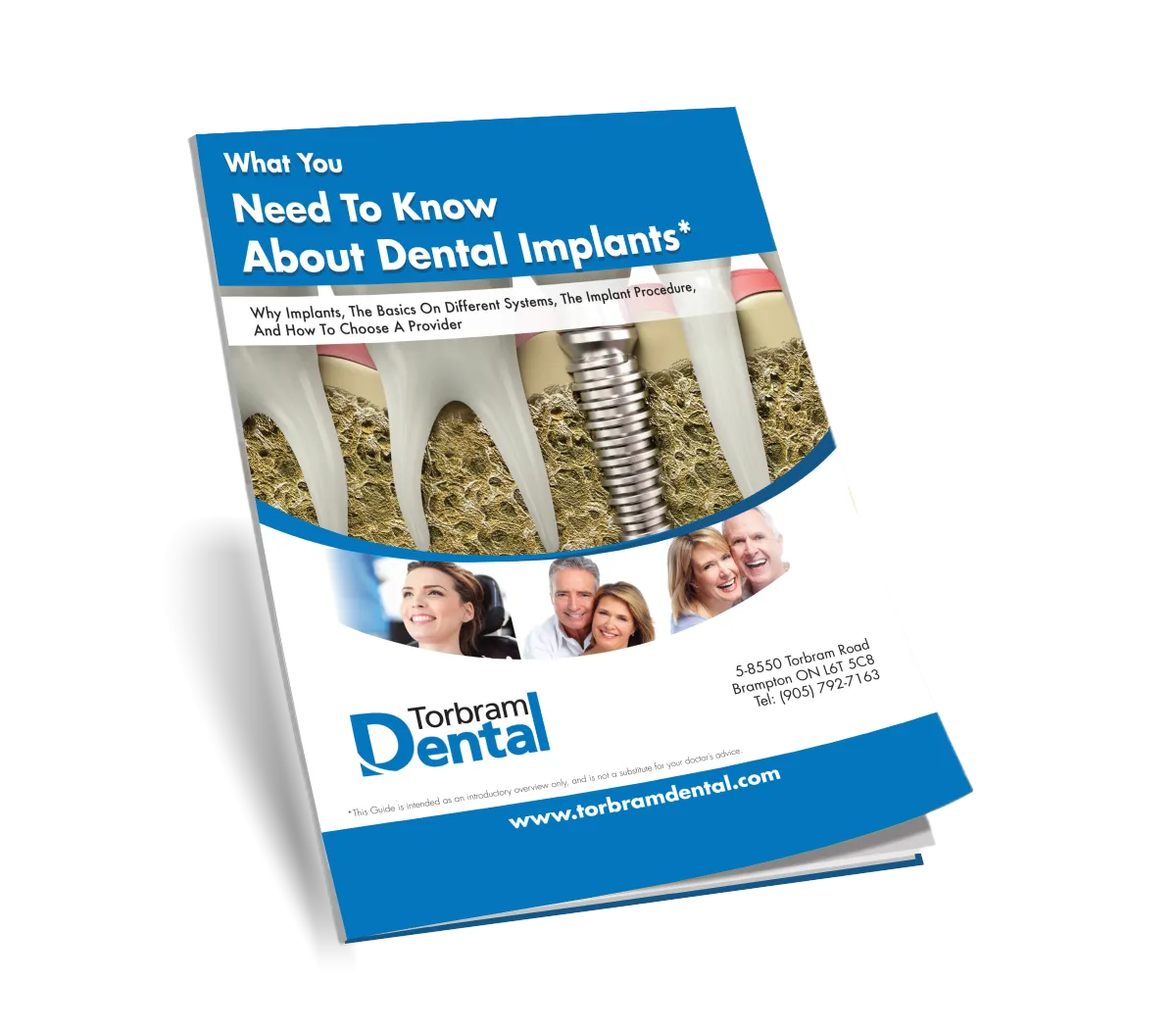
Enter your information below.
We will email your copy right away.
This will close in 0 seconds
Orthodontic Dentistry

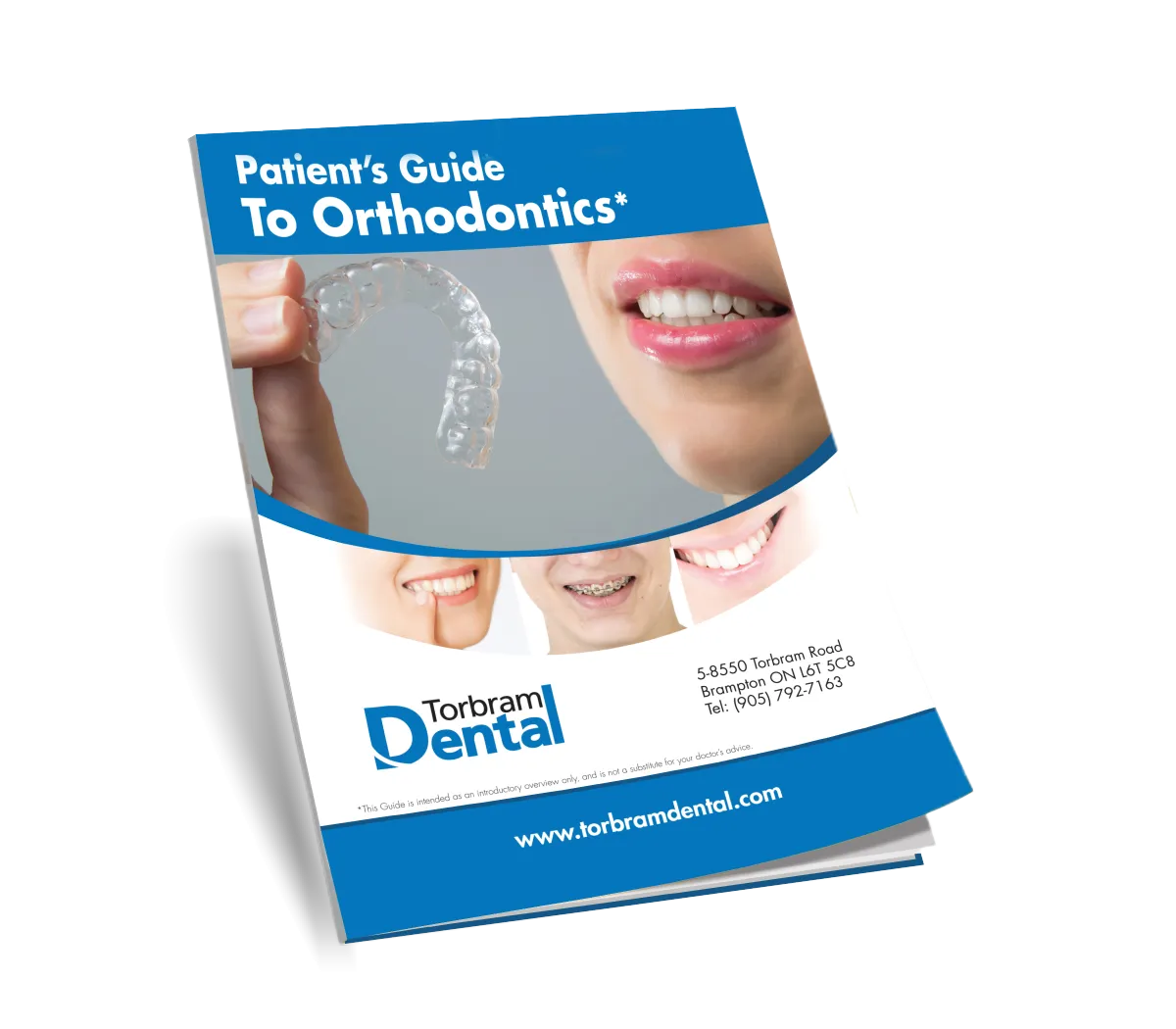
Enter your information below.
We will email your copy right away.
This will close in 0 seconds
Invisalign

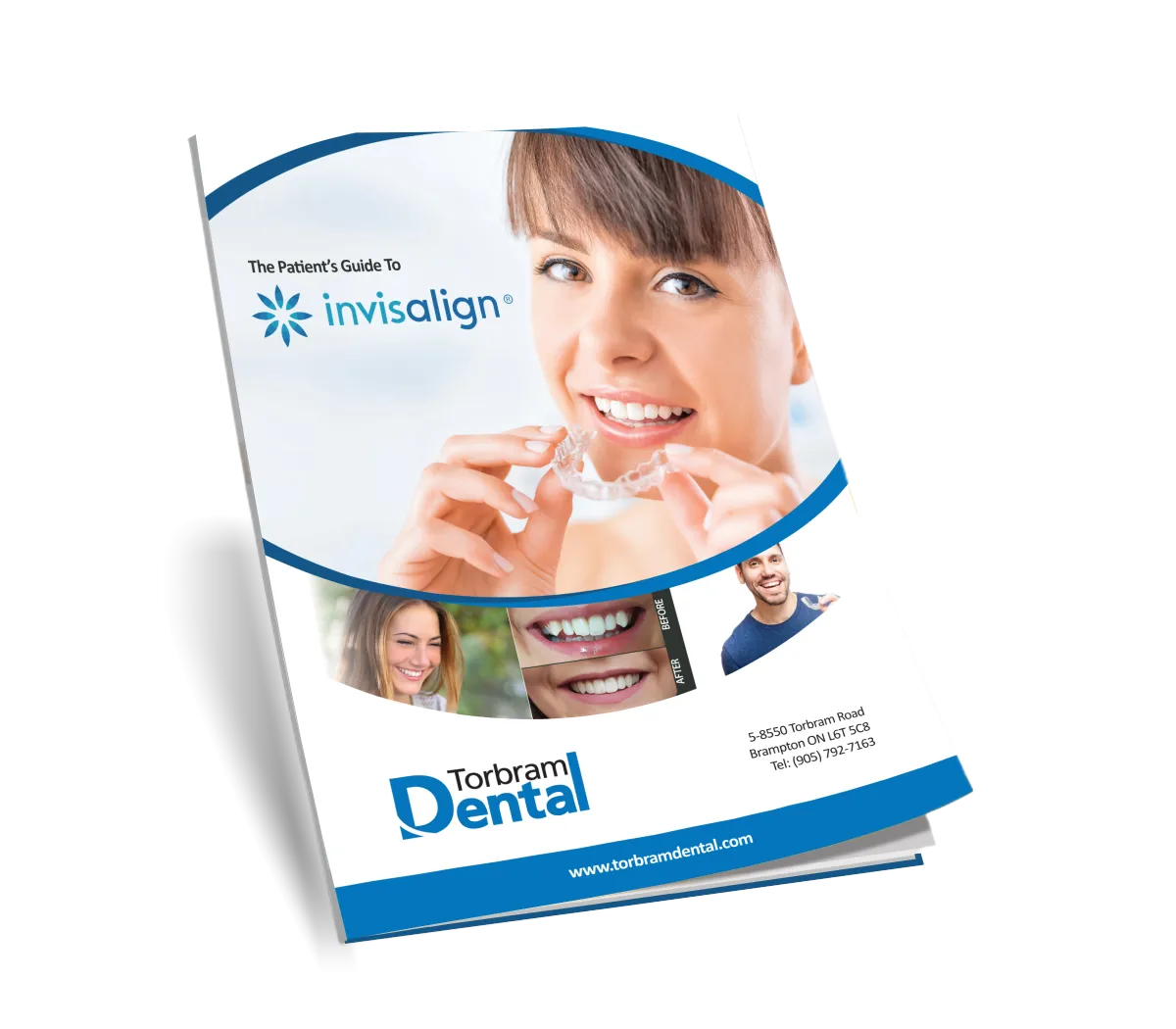
Enter your information below.
We will email your copy right away.
This will close in 0 seconds
Anxiety Free Dentistry

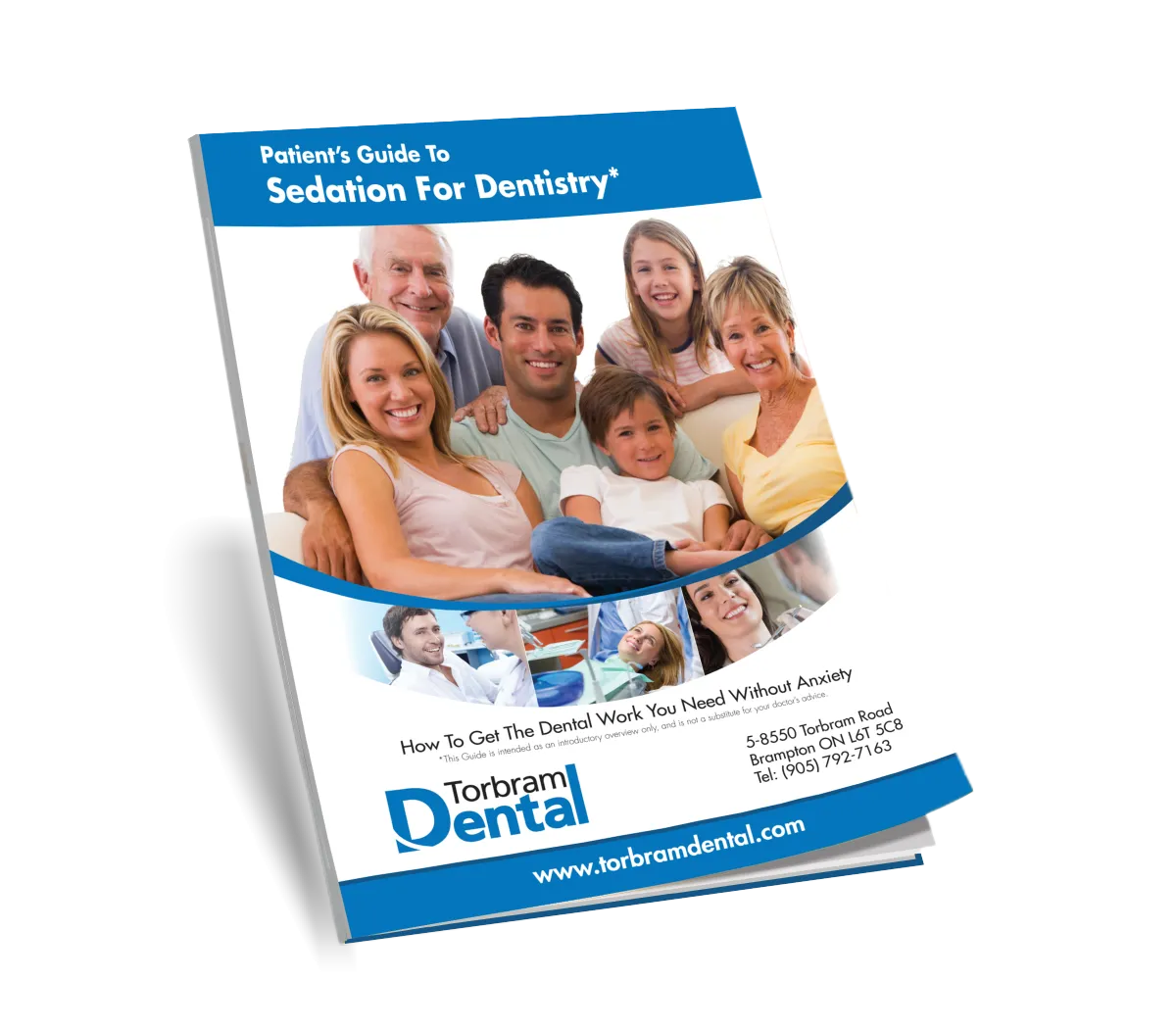
Enter your information below.
We will email your copy right away.
This will close in 0 seconds
Wedding Day Smile


Enter your information below.
We will email your copy right away.
This will close in 0 seconds
